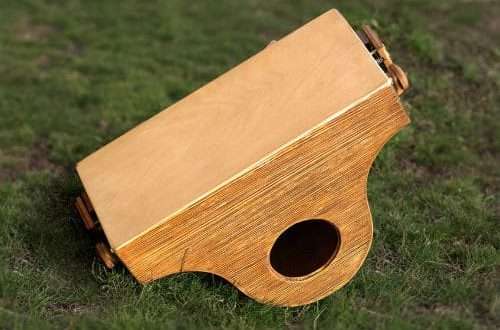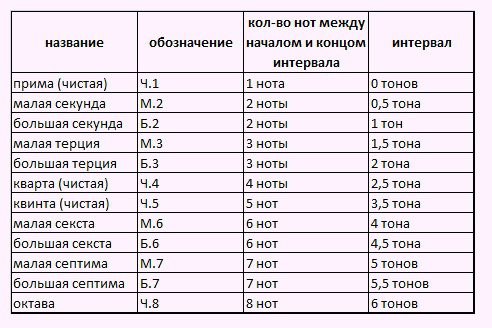How to learn to write dictations in solfeggio
Contents
Musical dictations are one of the most interesting and useful exercises for ear development; it is a pity that many do not like this form of work in the classroom. To the question “why?”, the answer is usually: “we don’t know how.” Well, then it’s time to learn. Let us comprehend this wisdom. Here are two rules for you.
Rule one. It’s corny, of course, but in order to learn how to write dictations in solfeggio, you just need to write them! Often and a lot. This leads to the first and most important rule: do not skip solfeggio lessons, since a musical dictation is written at each of them.
The second rule. Act independently and boldly! After each play, you should strive to write down as much as possible in your notebook – not just one note in the first bar, but a lot of things in different places (at the end, in the middle, in the penultimate bar, in the fifth bar, in the third, etc.). There is no need to be afraid of writing something down incorrectly! A mistake can always be corrected, but getting stuck somewhere at the beginning and leaving the sheet of music empty for a long time is very unpleasant.
Well, now let’s move on to specific recommendations on the question of how to learn to write dictations in solfeggio.
How to write musical dictations?
First of all, before the playback starts, we decide on the tonality, immediately set the key signs and imagine this tonality (well, a scale, a tonic triad, introductory degrees, etc.). Before starting a dictation, the teacher usually sets the class to the tone of the dictation. Rest assured, if you sang steps in A major for half the lesson, then with a 90% probability the dictation will be in the same key. Hence the new rule: if you were told that the key has five flats, then don’t pull the cat by the tail, and immediately put these flats where they should be – better right on two lines.
First playback of a musical dictation.
Usually, after the first playback, the dictation is discussed in approximately the following way: how many bars? what size? are there any repeats? What note does it start with and what note does it end with? Are there any unusual rhythmic patterns (dotted rhythm, syncopation, sixteenth notes, triplets, rests, etc.)? All these questions you should ask yourself, they should serve as a guideline for you before listening, and after playing you, of course, should answer them.
Ideally, after the first playback in your notebook you should have:
Regarding the number of cycles. There are usually eight bars. How should they be marked? Either all eight bars are on one line, or four bars on one line and four on the other – this is the only way, and nothing else! If you do it differently (5+3 or 6+2, in especially difficult cases 7+1), then, sorry, you are a loser! Sometimes there are 16 bars, in this case we mark either 4 per line, or 8. Very rarely there are 9 (3+3+3) or 12 (6+6) bars, even less often, but sometimes there are dictations of 10 bars ( 4+6).
Dictation in solfeggio – second play
We listen to the second playback with the following settings: what motives does the melody begin with and how does it develop further: are there any repetitions in it?, which ones and in which places. For example, the beginnings of sentences are often repeated in music – measures 1-2 and 5-6; in a melody there can also be – this is when the same motive is repeated from different steps, usually all repetitions are clearly audible.
After the second playback, you also need to remember and write down what is in the first measure and in the penultimate one, and in the fourth, if you remember. If the second sentence begins with a repetition of the first, then it is also better to write out this repetition immediately.
Very important!
Writing a dictation in solfeggio – third and subsequent plays
Third and subsequent plays. Firstly, it is necessary , remember and record the rhythm. Secondly, if you can’t hear the notes right away, then you need to actively, for example, according to the following parameters: direction of movement (up or down), smoothness (in a row in steps or in jumps – at what intervals), movement according to the sounds of chords, etc. Thirdly, you need what the teacher says to other children when “walking around” during a dictation in solfeggio, and correct what is written in your notebook.
The last two plays are intended to test a ready-made musical dictation. You need to check not only the pitch of the notes, but also the correct spelling of stems, leagues, and the placement of accidental signs (for example, after a bekar, restoring a sharp or flat).
A few more useful tips
Today we talked about how to learn how to write dictations in solfeggio. As you can see, writing musical dictations is not at all difficult if you approach it wisely. In conclusion, get a couple more recommendations for developing skills that will help in musical dictation.
- at home works that are covered in musical literature, (you get music from VKontakte, you also find sheet music on the Internet).
- those plays that you play in your specialty. For example, when you study at home.
- Sometimes . You can use the same plays that you study in your specialty; it will be especially useful to rewrite a polyphonic work. This method also helps to quickly learn by heart.
These are proven ways to develop the skill of recording dictations in solfeggio, so take it at your leisure – you yourself will be surprised at the result: you will write musical dictations with a bang!



